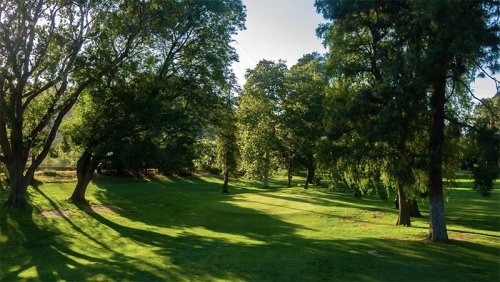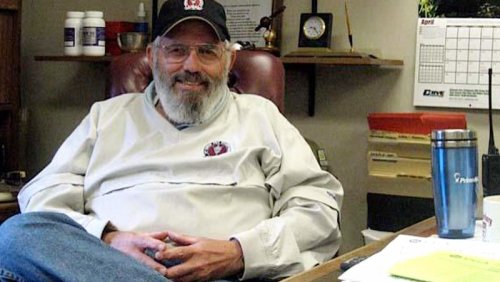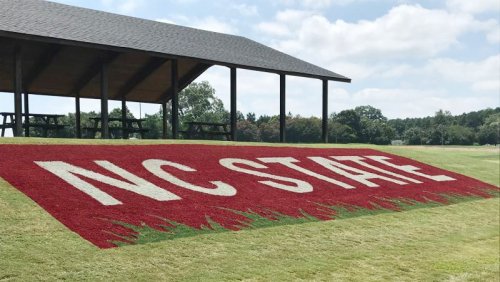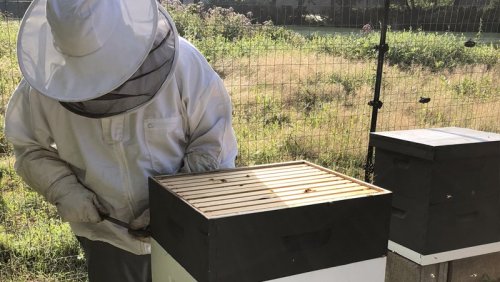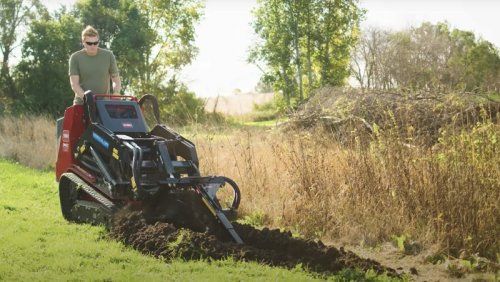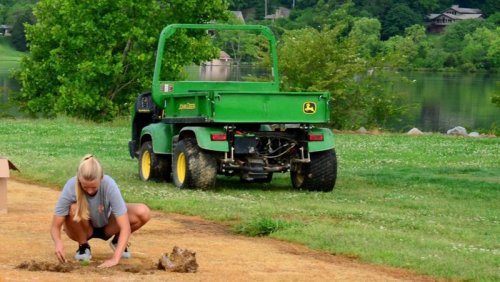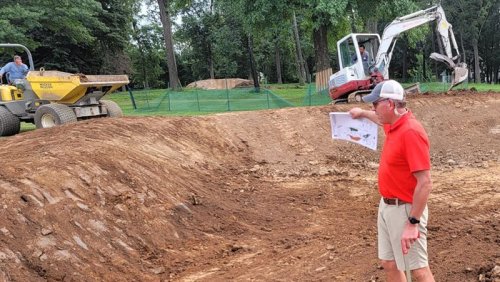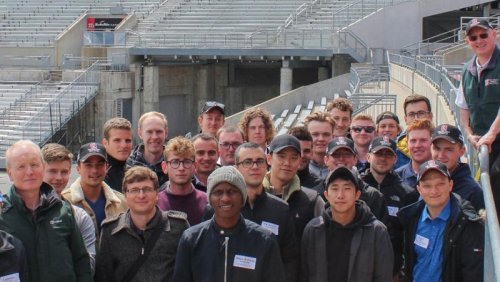
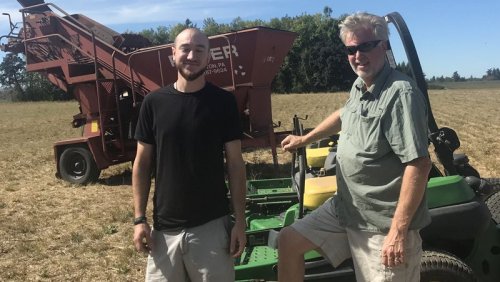
The 63-year-old Frey is the founder and owner of UGATE, the Akron, New York-based family-owned-and-operated purveyor of used turf equipment.
The business has helped Frey (left), a lifelong entrepreneur and man of faith, not only build a successful business, but also provides him the opportunity and flexibility to share his good fortune by giving back through Christian ministry.
A commercial commuter pilot when he was 19, Frey has been his own boss in a variety of business ventures for more than 40 years. Frey's business ventures include buying and reselling everything from mowers, seeders and aerifiers to purchasing and peddling antiques door to door.
"Dad is a killer buying and selling stuff," said son Jason, who quit his own HVAC business to run the office and day-to-today of the UGATE operation. "He is definitely Type A (personality). He's super driven. I thought I'd be just like him. I'm not him. No one is."
The business has become a real family affair. Frey's daughter Allison keeps the company's books, and his other daughter Anna, and her husband Ben Kupferman run UGATE West in Oregon.
Frey also is a former golf course owner who lost nearly everything in the industry's boom and bust more than a decade ago. It was shortly thereafter that Frey, a man of deep faith, found his literal calling.
"I owned four golf courses at one time, plus some other businesses. Golf was just something I was doing on the side," Joe Frey said.
"I had too much going on. I couldn't manage it all. I realized golf was not the best business to be in. I took a huge financial fall about 10 years ago. It humbled me."
As a golf course owner, there came a time when Frey needed to replace used to manage the courses he owned. Soon after, the idea for a new person was born.
UGATE founder and owner Joe Frey (right) and son-in-law Ben Kupferman at the UGATE West facility in Oregon. Photo courtesy of Jason Frey "I couldn't afford new equipment. I did some research and came across some guys selling used equipment. I wasn't doing too good financially at the time. I already had experience buying and selling things, and I thought I could buy and sell turf equipment and make enough money to survive. I found a solution to earning a living after losing almost everything.
"Looking back, I will never go into the golf course business again. I had a lot of businesses, and I couldn't manage it all. My greed and pride was greater than my ability to manage it all."
For many small businesses, the Covid pandemic and subsequent challenges that followed presented some pretty tall, if not insurmountable hurdles.
For UGATE, the family-owned purveyor of used turf equipment, the timing could not have been better.
"It was just a coincidence that we were in the right spot at the right time," said Joe Frey.
"During Covid, we were selling to dealers across the country. They were calling us, and we were selling them truckloads of equipment because they had no used inventory."
A man of deep faith, Frey said launching UGATE was his calling. The success of the business and the nature of its flexibility allows Frey to give back to others by preaching the gospel to locals in Africa, something he has been doing since 2011.
"There was a time when I was the lowest of the low, and my life was on a dark path," Frey said. "Everything I worked for was falling apart. That led me to humble myself before God."
In those early days of spreading the gospel, Frey spent as much as three months at a time in Africa. Today, he spends a day to a day-and-a-half on a plane every two months to preach the gospel for up to 10 days to locals in some of the most underdeveloped areas in countries in sub-Saharan Africa. The accommodations are spartan, usually consisting of a mud hut with a thatched roof, but the desire for salvation, he says, is strong.
"I go into the deep, deep parts of Africa. I go into some areas where these people have never seen a white man before. They are hungry for the gospel," Frey said. "I need to be over there more."
Frey plans to spend another year-and-a-half involved in the day-to-day operations of UGATE before devoting more time to his calling. He will remain active in the business doing all the buying, which he says he can do from anywhere.
"I had dreams and visions of going to Africa," he said. "That's when I knew what I was created for.
"My life is not for this world. We're just passing through."
- Read more...
- 2,619 views

